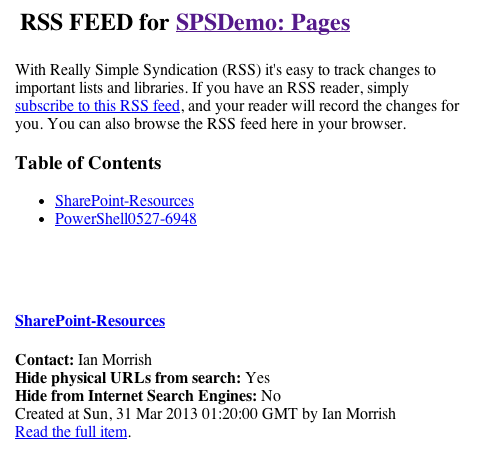I came across this comic on My Korean Husband and the third panel reminded me of my very own creepypasta moment…
I few years ago I was having trouble sleeping during a warm night in Perth. It was about 2am, and still about 30°C (86°F). We had the window open but there wasn't a breath of air. Meanwhile, my wife was sleeping peacefully next to me.
But she started to stir a little bit, mumbling in her sleep as she sometimes does. She then said a word in Korean, and though I didn't know what it meant at the time, it was simple enough for me to remember: 괴물, pronounced like "gwemul". I didn't think anything of it, but it was weird she said it so clearly and purposefully.
After about a minute (while I was trying to figure out if she was actually telling me to go to sleep), the bedroom door slammed shut. Surprised the hell out of me. And yet not a breath of air - the curtains were completely still.
While recovering from the sudden shock of a slamming door on a dead calm night, and furious that I was now more awake than ever, my wife started to sound like she was choking. I tried to wake her, but she didn't right away. I was starting to panic, but she eventually did wake, and she sounded petrified. What she described I later found out was probably a symptom of sleep paralysis.
The next morning, we were talking about it, and she still felt uneasy about what she had dreamed. I asked her about the word she said. I didn't expect much of a response, given I'd probably misheard, remembered incorrectly, or it was simply sleep gibberish. But she looked surprised I knew the word…
It means "monster".
Given the context and the timing of the events: creepy!


